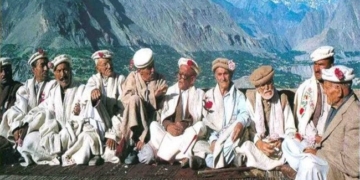In this Top 14 list, alongside well-known names such as Sparta and Rome, four of the armies—Mongol, Huns, Han, and the Tang dynasty army—are all from China.
The Strongest Armies in the World
1. Heavy Infantry of Sparta
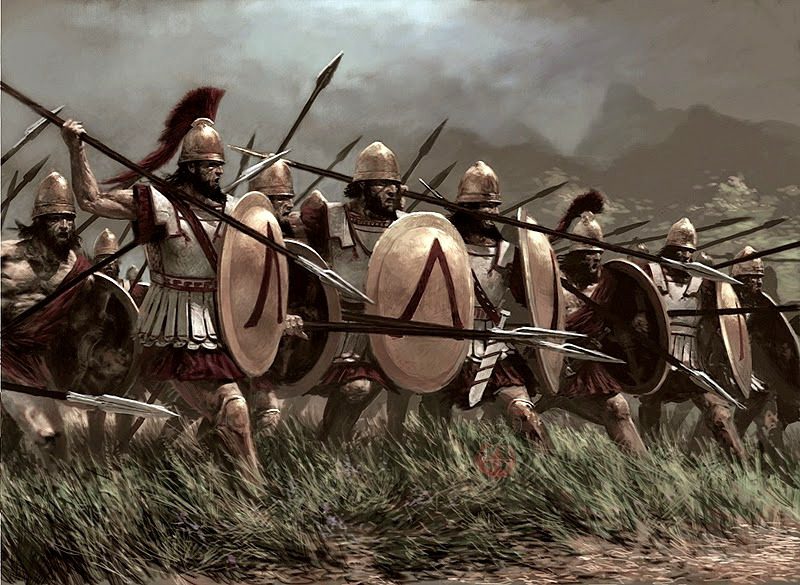
Spartan Military Force
Sparta was the first professional army in history, known for its resilience and strict discipline. During the Peloponnesian War, the 90,000 heavy infantry of Sparta forced the Athenians to remain within their city walls for several years. In the Persian War, just 500 Spartan soldiers, accompanied by 3,000 Greek troops, fought valiantly against 100,000 Persians, leading to a stalemate. Ultimately, Persia could only secure victory with the guidance of a Greek traitor.
2. Han Dynasty Army
At the time, the Han army and the Roman army were considered the two most powerful forces in the world. However, the achievements of the Han greatly exceeded those of the Romans when it came to conflicts with nomadic tribes. The Han army was highly organized, utilized numerous crossbows, and had superior combat effectiveness, giving them a significant advantage in battles against other nations. This army also served as a model of a versatile military force in human history.
3. Hunnic Cavalry
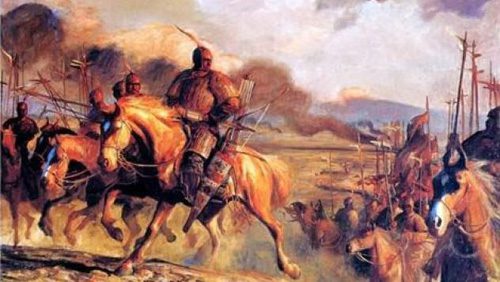
Hunnic Cavalry
The Hunnic army was known for its mobility and lightning-fast attacks, often catching opponents off guard. They could change horses multiple times in a single day while maintaining combat readiness. Additionally, this army wielded bows that were significantly stronger than those of Western armies at that time.
4. Mongol Cavalry

Mongol Army
The Mongol cavalry was established by Genghis Khan, breaking free from the constraints of traditional European military thinking. They formed an unprecedented large empire in history, notorious for their brutal tactics.
When considering individual cavalry units, the Mongol cavalry might not surpass the Macedonian or Ottoman cavalry. However, when operating together, their strength was formidable, arguably the most powerful. They resembled wild beasts born on horseback, charging straight into battle with the intent to kill. Almost no one could withstand the onslaught of the Mongol cavalry.
5. Teutonic Knights
Although the Teutonic Knights were not invincible, at their peak, they controlled the entire eastern region of the Baltic Sea.
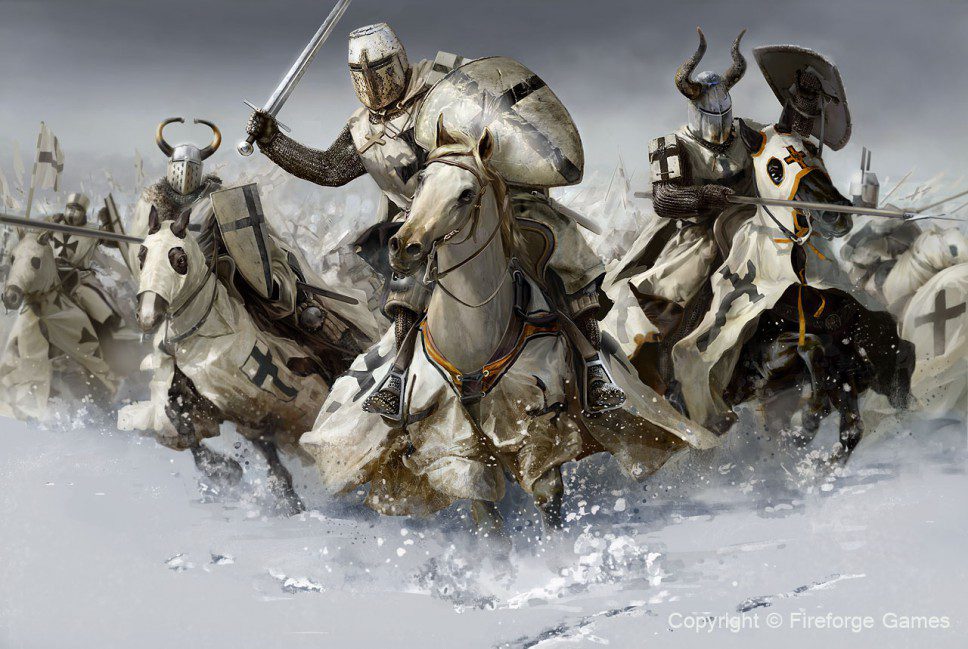
Teutonic “Steel” Knights
They were always at the forefront of battles, acting as true monsters on the battlefield. Their tactic involved charging directly into enemy formations from a distance like a giant rhinoceros, then splitting to the flanks and regrouping for another charge. This would be repeated until the enemy formation was shattered.
6. Roman Army
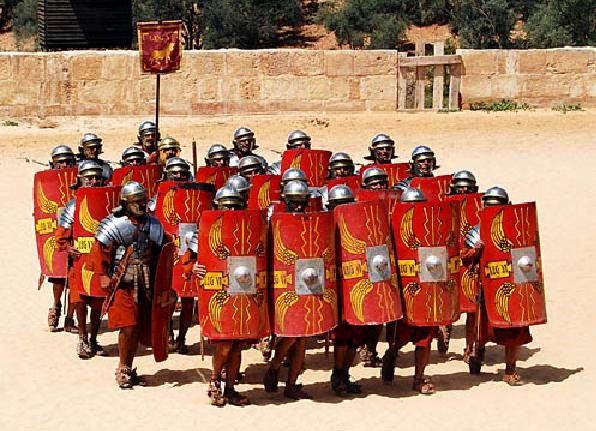
Roman Military
The legions of the Roman army were formed from about 5,000 heavy infantry recruited from Roman citizens. In the Mediterranean, the Roman army engaged in countless battles, defeating various peoples such as the Gauls, Samnites, Italians, Epirus, and Syracuse…
7. Byzantine Army
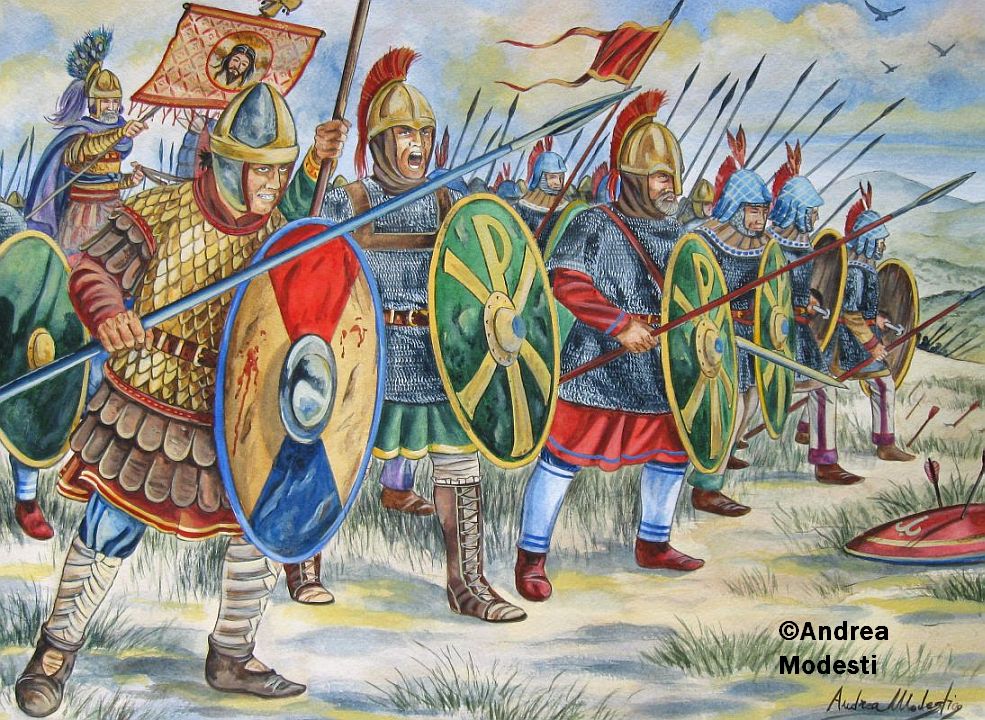
Byzantine Military Force
The Byzantine army thrived during the reign of Justinian. Before the 11th century, it remained the strongest army in the Near East. Its defensive capabilities were considered the best in the world, with cavalry wearing armor and equipped with spears and bows.
8. Macedonian Army
The Macedonian Phalanx (infantry) was equipped with heavy weapons, carrying a round shield about 1 meter in diameter in the left hand and a spear approximately 2 meters long in the right hand, arranged in a neat and dense formation.
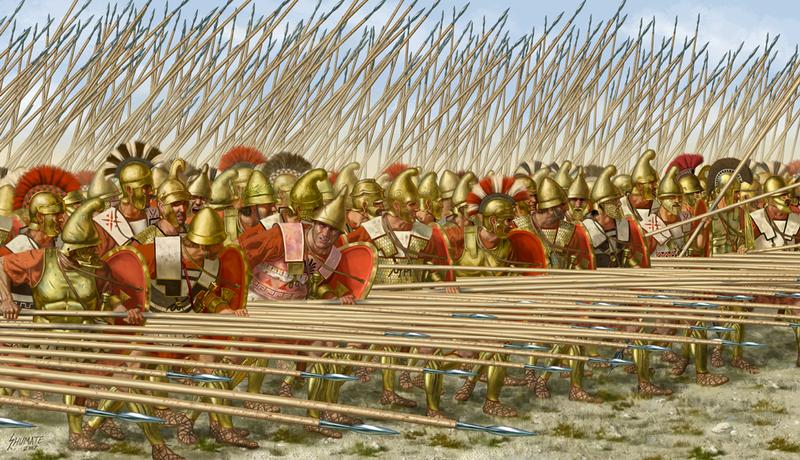
Macedonian Phalanx Army (Infantry)
In addition to infantry, Macedonia possessed the powerful cavalry known as the Hetairoi. This cavalry was the main force in the Macedonian army and was regarded as the most successful cavalry force in the ancient world under the leadership of King Philip II and later his son, Alexander the Great.
Alexander the Great viewed soldiering as a legitimate profession, establishing a systematic training and practice regimen. The Hetairoi cavalry always focused on enhancing their strengths while working to overcome their weaknesses, remaining loyal to the strategy of quick flanking maneuvers to disrupt enemy formations before retreating. The Hetairoi were consistently used as support forces for the Phalanx infantry.
9. Arab Cavalry
The Arab cavalry, led by Khalid ibn Al Walid, was established for the purpose of conquest and the expansion of Islam.
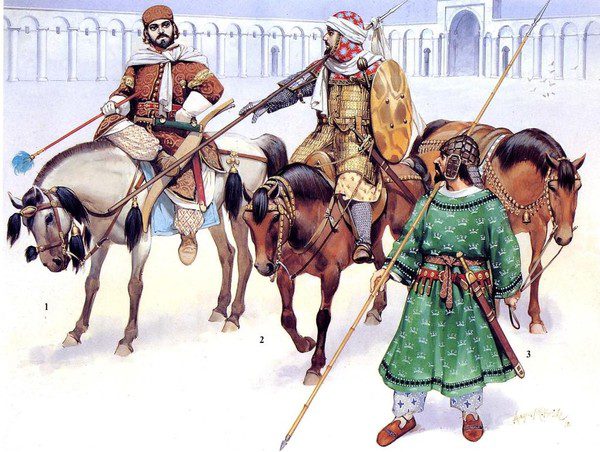
Arab Soldiers
The Arab cavalry exhibited a readiness to sacrifice for their faith, endurance, discipline, exceptional horsemanship, and an extreme religious zeal, yet remained clear-headed while on duty.
Every cavalryman was trained in riding horses and camels, utilizing various weapons such as swords, spears, bows, and even martial arts and military tactics.
10. Tang Dynasty Army
The Tang army was a powerful force composed of multiple ethnic groups. It included a corps of 12,500 soldiers, organized into divisions, with each division managing two brigades, and each brigade consisting of 100 men. The Tang army was considered elite in terms of quality and ranked first in quantity.
11. Cossack Cavalry

Cossack Cavalry Known for Their Flexible Tactics
Cossacks are renowned cavalry members, often regarded as the best cavalry of all time. They are masters of battlefield tactics, excelling in face-to-face encounters, sweeping attacks, reconnaissance, and hit-and-run strategies. Each soldier possesses high military skills and independence.
12. Napoleon’s Heavy Cavalry

Napoleon’s Army
The heavy cavalry units of Emperor Napoleon are symbols of strength, discipline, and vast numbers. With the remarkable organizational skills of Napoleon I, the French army and its cavalry grew stronger than ever after a millennium of weakness and insignificance.
13. Husaria Cavalry
Not only are they strikingly impressive with their wings that make them look like a mythical army, but the Husaria cavalry is also renowned for their clever military tactics and distinctive iron armor that grants them devastating power against enemies.
The very name of this cavalry instilled fear in their foes whenever the wings appeared on the battlefield, boasting an almost unbeatable record in numerous battles. Their series of consecutive victories includes: Lubiszew (1577), Byczyna (1588), Kokenhausen (1601), Kircholm (1605), Kluszyn (1610), Chocim (1621), Martynów (1624), Trzciana (1629), Ochmatów (1644), Beresteczko (1651), Polonka (1660), Cudnów (1660), Chocim (1673), Lwów (1675), Vienna (1683), and Párkány (1683).
This undefeated streak created a Golden Age spanning 100 years for the Husaria warriors. On flat terrain, they were nearly invincible. Moreover, in most battles, the Husaria cavalry faced significantly larger enemy forces.

Husaria cavalry is considered the strongest cavalry in European history.
For instance, in the Battle of Kircholm (1605), the Swedish forces were superior in strength and numbers, with 11,000 infantry and rifles compared to just 1,900 Husaria cavalry.
However, they suffered a devastating defeat with casualties reaching 6,000, while the Polish cavalry lost fewer than 100 men!
The most legendary battle showcasing the mythical strength of the winged cavalry occurred when they faced the world’s mightiest enemy at the time: the Ottoman Empire, which had recently destroyed the ancient Roman Empire to dominate Europe.
With only 3,000 Husaria cavalry, they defeated an impressive army of 200,000 in 1683 during the Battle of Vienna, rescuing the city from the Ottoman siege.
The name and undying legend of the winged cavalry were once again bolstered by their convincing victory over the Ottoman Empire, solidifying their status as the most powerful cavalry in European history.
14. Polish Cavalry

At one time, the wings on the backs of the Polish cavalry became a haunting sight on the battlefield.
Originating from a group of devout Serbian mercenaries around 1500, they gradually transformed into a formidable regular army. They remained undefeated against all opponents, including the Ottomans, Cossacks, and Tatars.
Utilizing long lances with great skill alongside a powerful yet straightforward sweeping tactic, they nearly had no weaknesses. The Polish cavalry’s greatest achievement was the Battle of Vienna in 1683.
In September 1683, the Ottoman forces, led by Emperor Mehmed IV with 150,000 troops and an additional 12,000 under Grand Vizier Kara Mustafa Pasha, attacked and besieged Vienna. Subsequently, Pope Innocent XI dispatched Polish troops to relieve the siege with approximately 30,000 soldiers.


















































